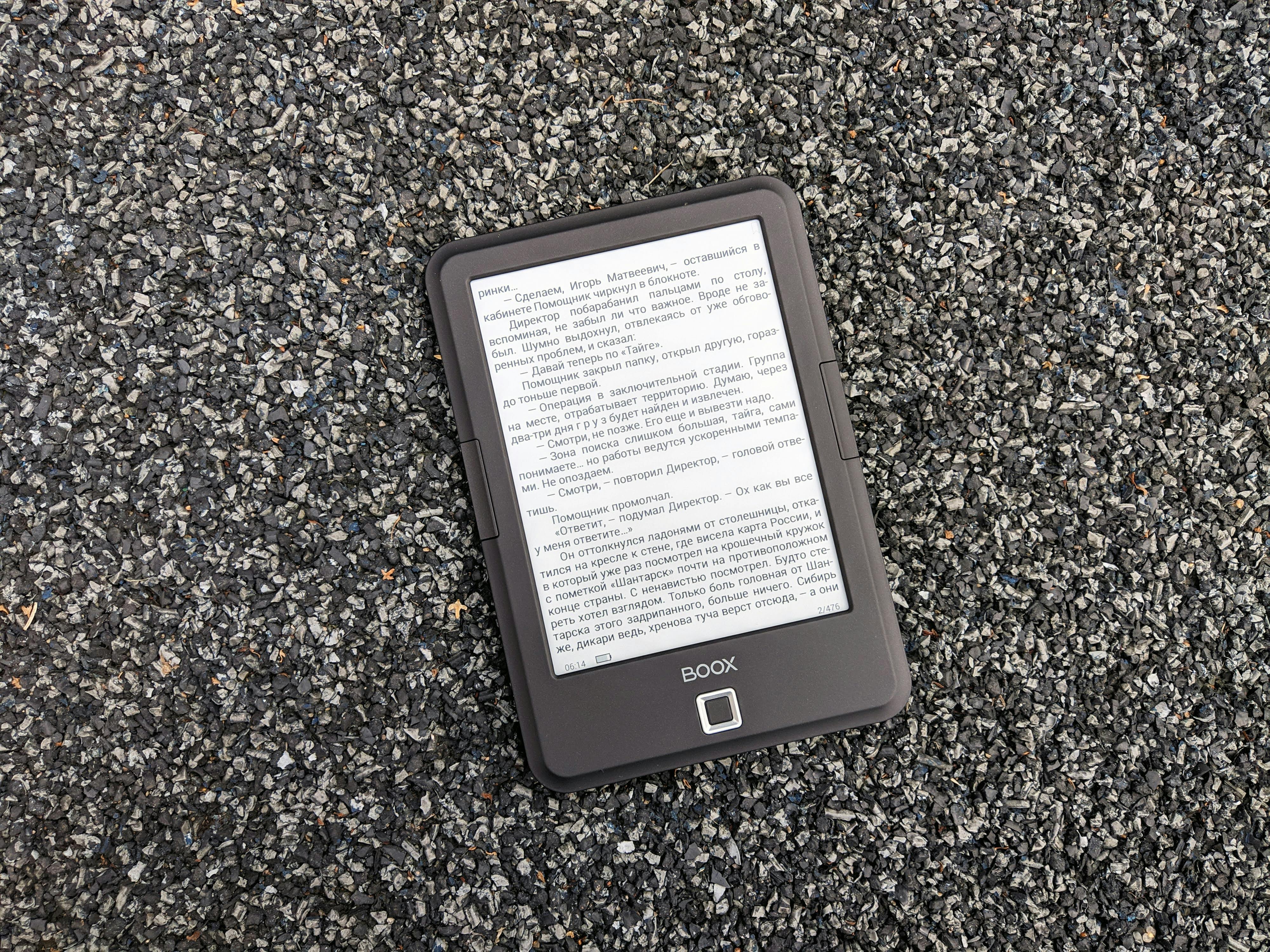Unfolding the Potential of Epaper Technology
In the ever-evolving world of technology, one of the more intriguing developments has been the rise of electronic paper, or epaper, technology. Once seen as a novelty, epaper has quietly become a staple in various devices, from e-readers to smartwatches. Let’s take a closer look at its journey, the technology behind it, and its potential market impact.

The Genesis of Epaper
Epaper technology dates back to the 1970s when Nick Sheridon of Xerox PARC began the development of Gyricon, a unique, rotating-ball display system. However, it wasn’t until the 1990s that the technology began to take a recognisable form, when Joseph Jacobson at the MIT Media Lab developed a more advanced version. The goal was always to create a display that mimicked the properties of regular ink and paper—clear, readable in natural light, and minimal power consumption.
How Epaper Works
Epaper displays function by using tiny microcapsules filled with positive and negative charged particles suspended in a clear fluid. When an electric field is applied, the particles move, creating the appearance of ink on the display. The beauty of this technology is that once the image is displayed, no power is needed to keep it there, making it incredibly energy efficient.
Epaper’s Rise to Prominence
Epaper’s entrance into the mainstream came with the launch of the Amazon Kindle in 2007. The device’s display was powered by E-Ink, a company spun off from the MIT Media Lab’s work, and the result was a highly readable, low-power consuming device that could store hundreds of books. The technology has since been adopted by other e-readers and has even found its way into smartwatches and smartphones.
The Current State of Epaper
Today, epaper is no longer a niche technology. Companies continue to experiment with its potential, leading to new advancements. One of these is colour epaper displays, which are now becoming more commonplace. E-Ink, the leading player in the epaper market, recently released its PrintColor technology that allows for over 32,000 colours.
The Market Impact of Epaper
According to market research, the epaper display market is projected to reach $3.12 billion by 2022. Its low power consumption, combined with its readability, make it an attractive option for numerous applications beyond e-readers. For instance, it’s being used in retail for dynamic pricing labels, in public transport for timetables, and even in the fashion industry for wearable tech.
Epaper technology has come a long way from its humble beginnings. Its journey is a testament to the relentless pursuit of innovation in the tech world. As we continue to push the boundaries of what’s possible, there’s no telling what exciting new applications this technology may find in the future.




